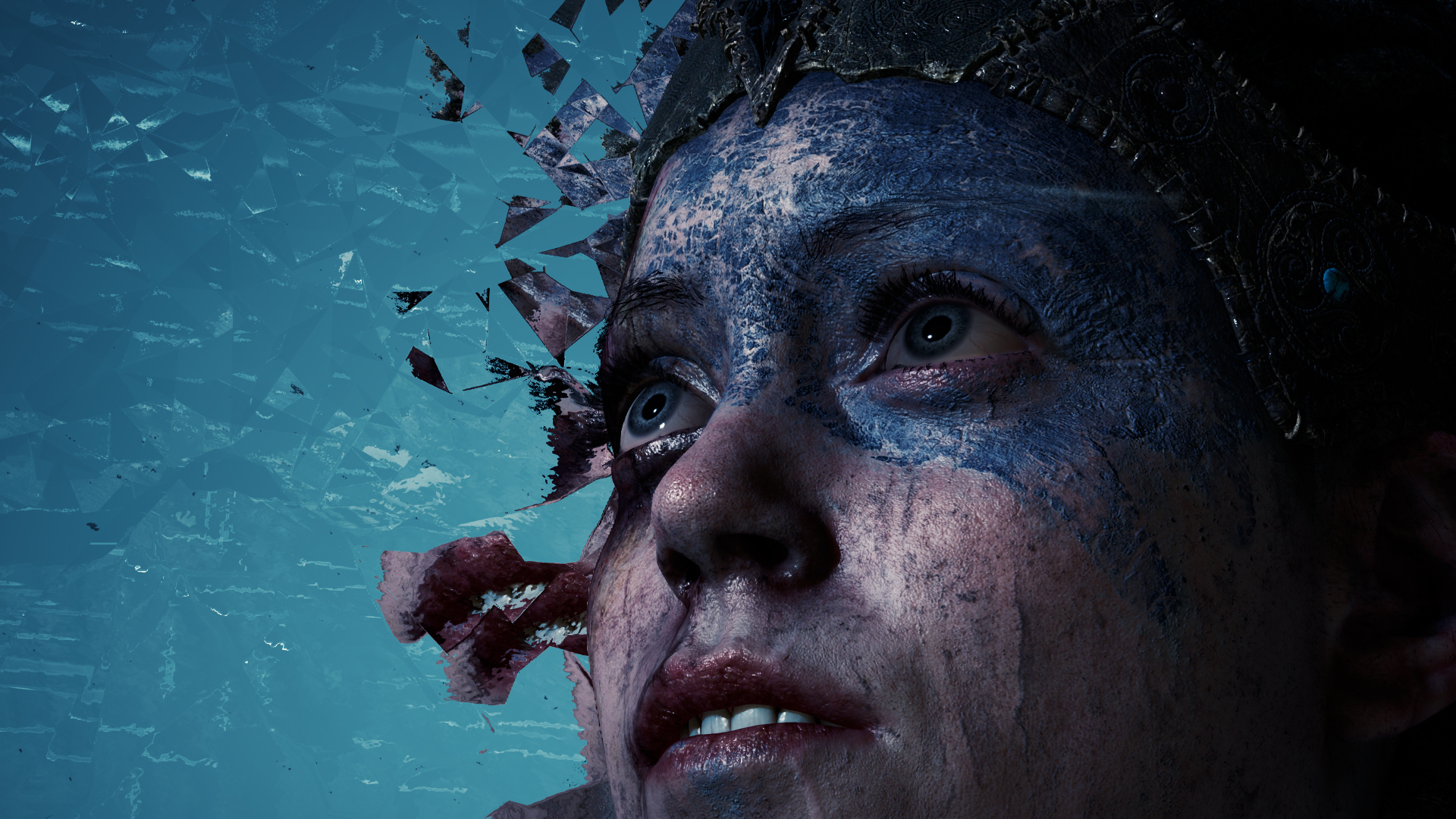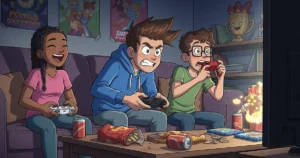
Starting to play a game is to launch yourself in a parallel universe where the rules of physics, mind and morals can be rewritten at any moment. Some titles use this power to make us uncomfortable, intrigued and, above all, with the feeling that nothing is exactly what it seems.
These games make us question their own reality, whether through nonlinear, mechanical narratives that break the fourth wall or plots that explore dreams, delusions and simulations. These games not only entertain, but also cause reflections on reality through different approaches.
Superliminal
Everything is moved by the perspective: an object that looks small in front of you can fill an entire room if you move away, and a simple square painted on the wall can become the bridge you need to move forward. The game plays with the laws of physics and the way our brain interprets space and size, making you doubt what it sees is, in fact, real.
With each breakage, that uncomfortable feeling arises that you are not just manipulating blocks or portals, but redefining the very concept of reality within the virtual world, and, consequently, the world around you.
Portal
The mechanics of creating interconnected portals challenges everything we know about space and continuity: a portal on the wall in front of you can take you instantly to another point in the scenario, and movement laws are rewritten whenever you cross these dimensional ports.
In addition, Glados Artificial Intelligence, with your acid humor and ambiguous observations, makes you doubt the reasons behind each test, and even those who are in fact control. Portal not only jokes with quantum play physics, but also whispers existential questions about purpose, free the ability and realities created by a system that you don’t even know if you want to escape or keep exploring.
Silent Hill 2
Upon entering Silent Hill 2, you are greeted by a thick mist that not only hides creatures, but it makes every step look like a jump in the unknown. This fog serves two purposes: on the one hand, it creates suspense, for you never know what it is or not in front of you; On the other hand, it symbolizes the cloudy mind of James, the protagonist, lost between guilt and desire for redemption.
The combination of oppressive mist, disturbing audio and symbolic monsters makes Silent Hill 2 much more than a Survival horror: it is a dive into the human mind. You leave the game with the feeling of not knowing for sure where reality ends and where the delirium of James begins, and perhaps even questioning the shadows that hide in their thoughts.
The Stanley Parable
When you start, accompany Stanley, an office official who suddenly finds that all her colleagues have disappeared. An ubiquitous narrator begins to guide his steps, instructing him to walk through standardized corridors and press buttons. But at any moment you can simply disobey it.
The Stanley Parable is a reflection: to what extent does our decisions, inside and outside games, really are ours? And when we accept to follow instructions, are we exercising freedom or simply fulfilling an invisible script? It is exactly this discomfort of realizing that the game you are playing also deals with you who play that makes this work one of the most fascinating questioners of reality and free.
Dok horse Header Literature Club
At first glance, Doki Doki Literature Club looks like a common high school look. You enter a literature club, meet charismatic girls and choose dialogue lines to approach them. But early on, the fluffy atmosphere crumbles abruptly. The game is actually a psychological horror.
The game breaks the fourth wall disturbingly, with characters that manipulate the game code and interact directly with the player. This meta-Narrative makes the player question the nature of digital reality and the ethical implications of interacting with characters that seem conscious.
Yume Nikki
In Yume Nikki, you control a girl who explores your dreams in a series of disconnected dream environments. Each dream is a surreal scenario of endless corridors, rainforests, rooms full of floating objects to enigmatic creatures. There is no combat, no clear goals, only freedom (and discomfort).
Yume Nikki’s dreamy worlds suggest real trauma, and the ambiguous end, with the protagonist jumping from a building, lets the player wondering if everything was a dream or a distorted reality.
Layers of Fear
The game puts you in the skin of a painter whose studio becomes as your sanity crumbles. Doors change places, paintings come to life, and corridors extend beyond what their eyes can see, creating the constant feeling that the world around them is being rewritten in real time.
Layers of Fear offers no clear explanations or definitive truths. Instead, he leads you to walk in a living picture where space and time adapt to the ghosts of the protagonist’s mind. You leave the game feeling that perhaps reality is as changeable as fresh ink on a screen, and that the line between genius and madness can be faster than we think.
Hellblade: Senua’s Sacrifice
In Hellblade, you assume the role of Senua, a warrior who embarks on a journey through Nordic mythology. But what makes this title so powerful when questioning reality is the way he puts the player within the protagonist’s own fragmented psyche.
The game does not offer clear borders between the real world of Senua and the hallucinations it lives. The title makes you experience, firsthand, the confusion between the outside (a mythological world) and the interior (the chaos of a traumatized mind), showing that, to senua, reality and delirium are faces of the same coin.
Did you miss any game that made you question everything around? Share your suggestion!
Source: https://www.gamevicio.com/noticias/2025/07/8-jogos-que-vao-fazer-voce-questionar-a-propria-realidade/


